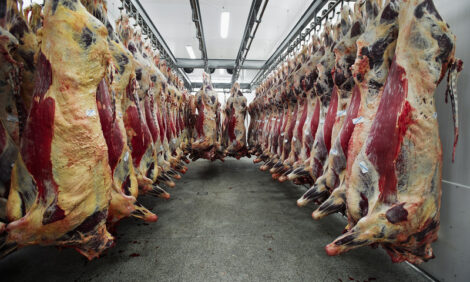



Justified caution on beef by-products
CANADA - Some Canadian stockmen and slaughterhouse operators say new federal rules on what can be fed to cattle are a "bureaucratic nightmare." But the "enhanced" regulations are fully justified by the urgent national interest in keeping our $4-billion-a-year beef industry in good health.Until now, these parts have been converted, with other slaughterhouse waste, into fertilizer, chicken feed and pet food. It's not unknown for such products to be fed to cattle, either. The cattle don't know about this distasteful practice, but the federal rules are well justified all the same because these parts can harbour the prions that cause mad cow disease, an ailment that is medically horrifying and economically almost as much of a nightmare.
Canada's trading partners slam their border shut to Canadian beef at the first sign of mad cow disease. Sometimes this solicitude for public health masks a certain special treatment for other countries' own beef producers, but who can blame anyone – Canadian consumers or foreign governments – for shunning the risk of mad cow?
The federal government is unlikely to budge from the requirements laid out in the ban. It is facing a class-action lawsuit brought by cattlemen accusing Ottawa of negligence in the mad cow crisis. As much as $7 billion in revenue was lost after the U.S. shut its borders to Canadian beef in 2003, after an infected cow was found in Alberta.
Source: The Star.com


